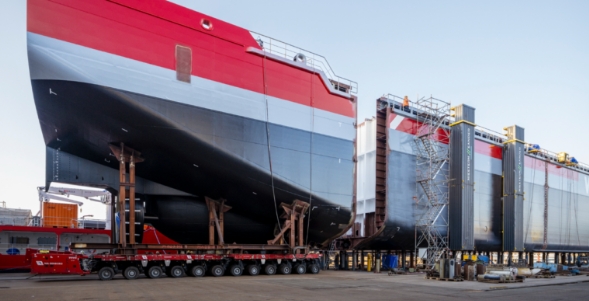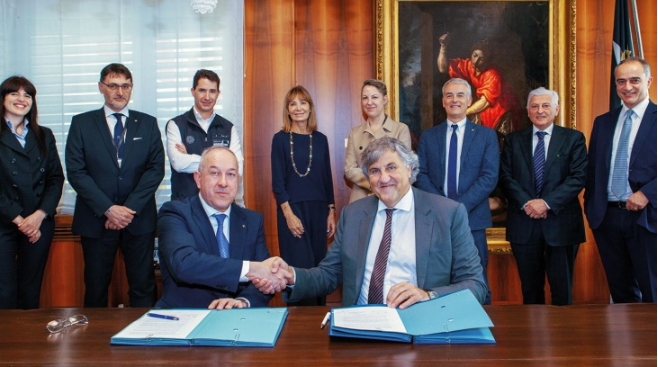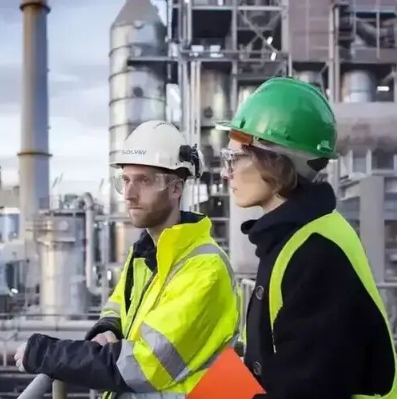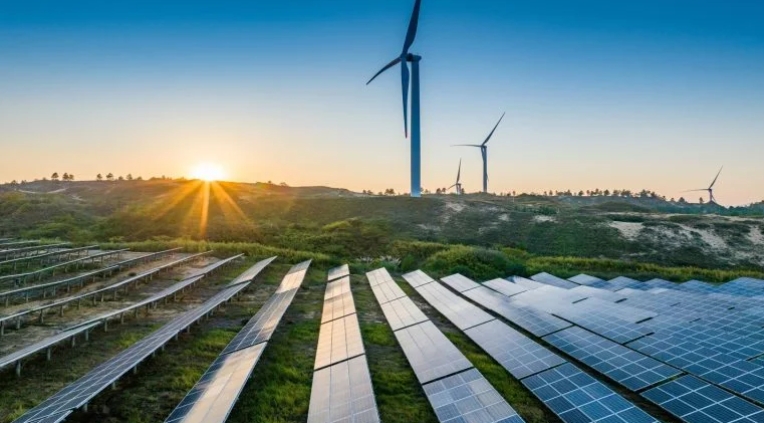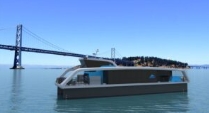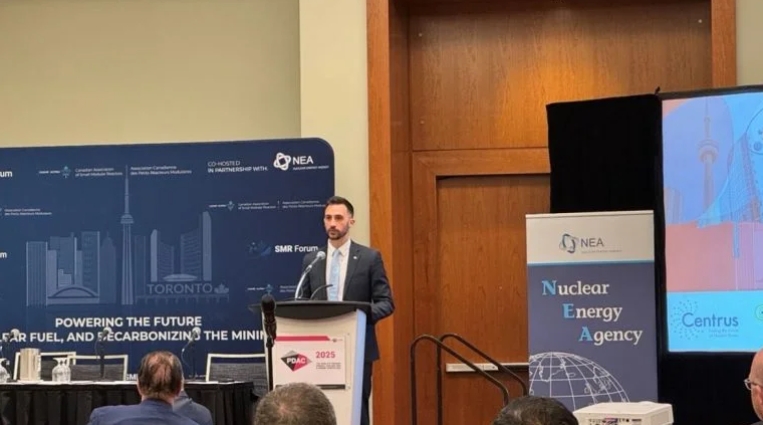
Steel demand is ballooning in the South Asian nation thanks to a wave of infrastructure projects and swelling demand for new homes. A lot of new output is emerging from small-scale plants that are relatively easy to build, but highly polluting.
The so-called sponge iron facilities have mushroomed across India’s mineral-rich states. They take low-grade iron ore and churn out a crude product that’s then processed into mainstay steels such as reinforcement bar for concrete buildings. The plants are usually reliant on coal.
At least 26 new small or medium-sized sponge iron units were built in India in the fiscal year through March 2024, according to government data. Some analysts had expected such production would ultimately be pushed out by larger, cleaner operations.
“In 2019, our assumption was that they weren’t sustainable,” Will Hall, visiting fellow at The Energy and Resources Institute, who recently visited a sponge iron unit in eastern India, said by phone. “They were incredibly polluting, and the kind of steel they produce was quite poor.”
Modi has pledged billions of dollars to build affordable homes, roads and bridges. With much of the country’s built environment still to be developed, soaring steel demand will complicate India’s climate math, especially if coal remains at the heart of the industry’s expansion.
The South Asian nation is the world’s third-biggest carbon emitter, and its steel industry accounts for about 12% of emissions. The government vowed to cut the carbon intensity of the country’s economy by at least 45% by 2030, compared with 2005 levels.
India’s Ministry of Steel didn’t respond to requests for comment.
Rapid Reaction
Most small sponge iron plants use a rotary kiln furnace where high-ash coal is used to reduce mined iron ore, a technology used most often in India. The output is later fed into induction furnaces — that use electromagnetic currents to melt the iron — then shaped into commercial products.
This steelmaking route is the most carbon-intensive among methods used in India, according to the steel ministry’s roadmap for greening the industry issued last year. And sponge iron plants typically produce up to 150,000 tons a year each, far smaller than modern blast furnaces that often churn out upwards of 3 million tons annually.
“If you’re trying to respond to quickly increasing demand, then you can get one of these steel plants up and running much faster than a big blast furnace that the likes of Tata Steel Ltd. and JSW Steel Ltd. tend to build,” Hall said.
Chasing Demand
India is a bright spot for a struggling global steel market, with consumption set to grow 6% annually through 2035, according to McKinsey & Co. That’s an incentive to keep boosting production despite environmental risks.
“Emissions are high but what can we do when the coal available in India is of poor quality,” Anil Nachrani, president of the Chhattisgarh Sponge Iron Manufacturers Association, said by phone.
India is still facing shortages of sponge iron despite the growing output, Susmita Dasgupta, former chief economist at the Joint Plant Committee with the Ministry of Steel, said in an interview.
As a result, induction furnaces across the country are not working at full capacity. As long as induction furnace plants are expanding in number and size, Dasgupta said that the proliferation of small sponge iron plants will be an important component of the industry’s growth.
